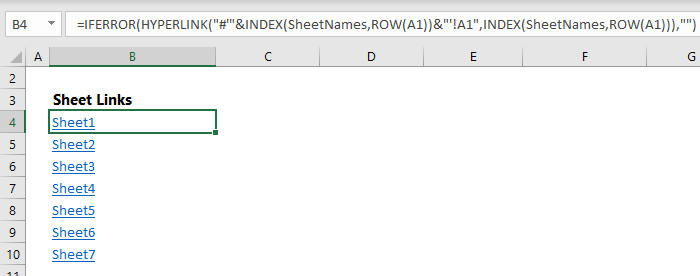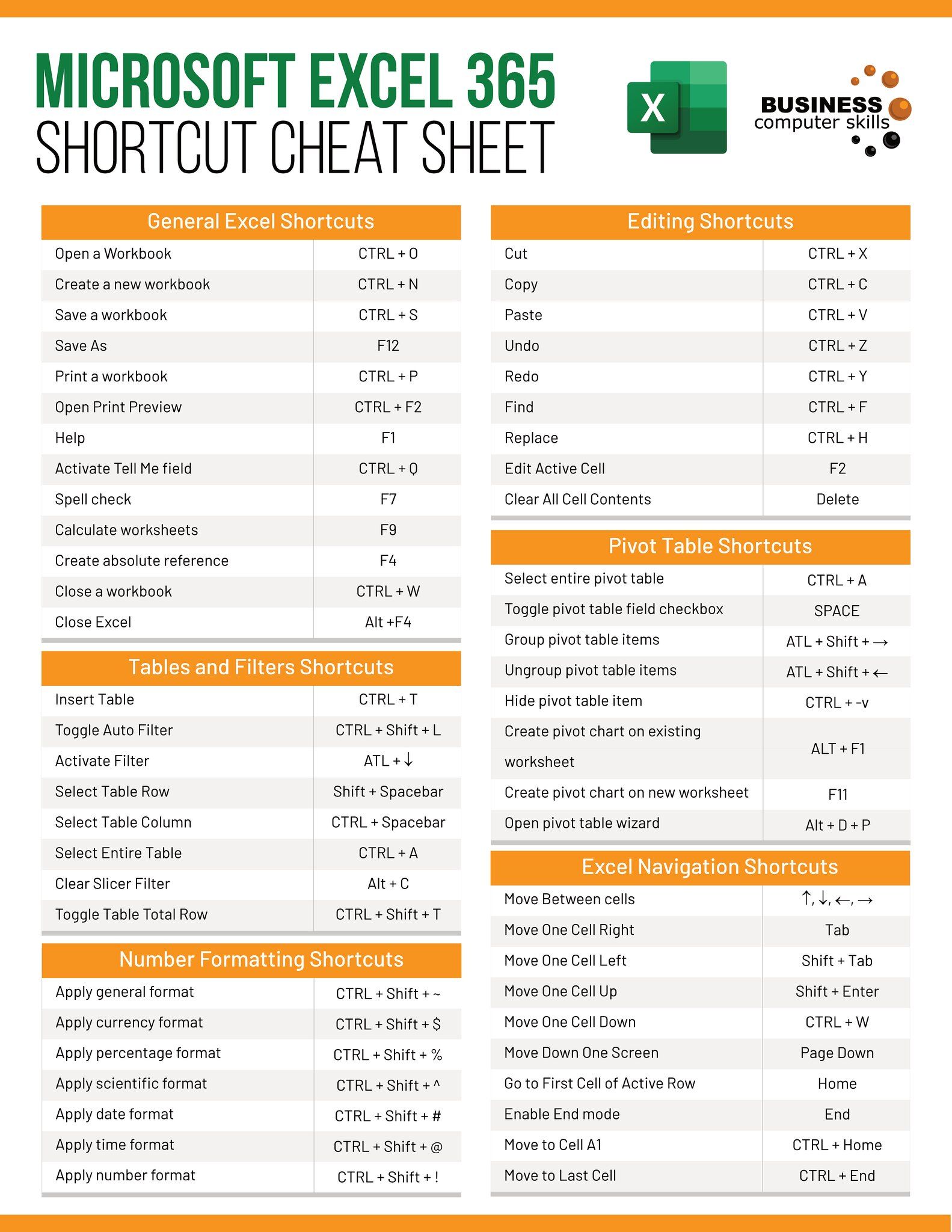Find Excel Sheet Names Quickly and Easily

Working with multiple Excel workbooks and navigating through numerous sheets can be a daunting task. Whether you're managing financial data, inventory, or project details, knowing how to quickly locate and identify the names of sheets can save you a significant amount of time and reduce frustration. In this blog post, we'll explore various methods to find Excel sheet names quickly and easily.
Manual Methods to Find Sheet Names

Before diving into the more technical solutions, it’s good to understand the manual methods which can sometimes be the fastest for small workbooks:
- Right-click on the Navigation Tab Bar: Simply right-click on the navigation tabs at the bottom of Excel. A list of all the sheet names will appear, and you can navigate directly to any sheet you need.
- Scroll Through Sheet Tabs: If your workbook has fewer sheets, you might find it easier to just scroll through the tabs at the bottom of the Excel window. For convenience, Excel groups related sheets together for easier navigation.
Using Keyboard Shortcuts

Keyboard shortcuts offer a quick way to navigate through Excel sheets:
- Ctrl + Page Up/Page Down: Press these keys to cycle through the sheets left or right.
- Alt + W, M: This sequence minimizes the ribbon, giving you a better view of sheet tabs.
- Shift + F10, Left/Right Arrow: After you’ve selected a sheet tab, use these keys to move through the sheets one by one.
Employing Excel Functions

For larger or frequently used workbooks, automating the process of listing sheet names can be beneficial:
Using VBA

Visual Basic for Applications (VBA) can be used to write a small script that will list all the sheet names:
Sub ListSheetNames() Dim ws As Worksheet Dim sh As Worksheet Set sh = ActiveWorkbook.Sheets.Add sh.Cells(1, 1).Value = “Sheet Names”Row = 2 For Each ws In Worksheets If ws.Name <> sh.Name Then sh.Cells(Row, 1).Value = ws.Name Row = Row + 1 End If Next ws
End Sub
This script will create a new sheet and list all the names of existing sheets (excluding the new one) in Column A.
Using Formulae

If you prefer to avoid VBA, you can also use Excel functions like GET.WORKBOOK for older versions or TEXTJOIN in conjunction with other functions for newer versions:
=TEXTJOIN(“, “, TRUE, IF(ISERROR(GET.WORKBOOK(1)), “”, GET.WORKBOOK(1)))
⚠️ Note: This formula only works in Excel versions that support the TEXTJOIN function (Office 365 and Excel 2019 and later).
Custom Views for Large Workbooks

When working with very large datasets, creating custom views can help:
- View Tab > Custom Views: You can set up custom views with specific sheets visible, allowing you to toggle between different sets of sheets quickly.
Third-Party Add-ins

Sometimes, using add-ins designed to enhance productivity can make finding sheets easier:
- AutoFill: Some add-ins provide functionality to quickly find and navigate to sheets based on partial matches of their names.
- Advanced Filter: Add-ins with filtering capabilities can help you search through sheets quickly.
Organizing and Renaming Sheets

To make sheet navigation easier in the future:
- Use Consistent Naming: Prefix or suffix your sheet names with consistent identifiers like “2023”, “Data”, etc.
- Group Sheets: By grouping sheets (by selecting them while holding down Ctrl), you can apply common formatting or changes across multiple sheets at once.
In summary, locating sheet names in Excel can be done manually, with keyboard shortcuts, through Excel functions and VBA, or by leveraging add-ins. Each method has its advantages depending on the size of your workbook, the frequency of navigation, and your comfort level with Excel's more advanced features. By mastering these techniques, you'll enhance your workflow, reduce the time spent searching, and increase your productivity when working with complex Excel files.
How can I make sheet navigation in Excel more efficient?

+
Use consistent naming conventions for sheets, color-code them, and employ Excel’s navigation shortcuts or custom views to streamline your workflow.
Can VBA help in organizing Excel sheets?

+
VBA can automate tasks like renaming sheets, sorting them, or even creating new sheets based on certain criteria or data structure.
What are some Excel functions for working with sheet names?

+
Functions like GET.WORKBOOK, MID, FIND, and TEXTJOIN can be used to extract and manipulate sheet names programmatically.
Are there any limitations to using keyboard shortcuts for sheet navigation?

+
The main limitation is the number of sheets; with many sheets, shortcuts might be less efficient. Also, these shortcuts are fixed and not customizable.



